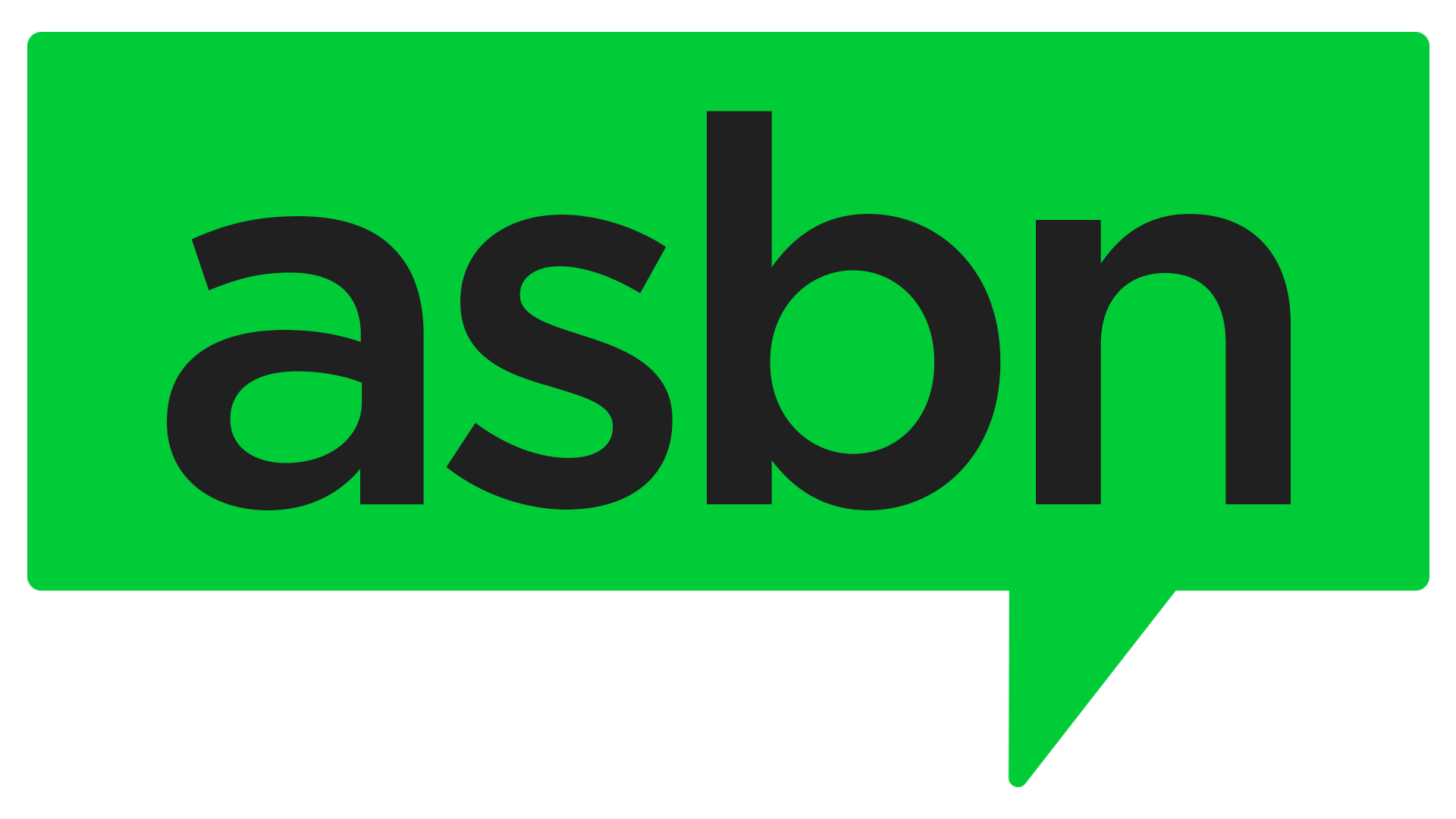Job applicants were more readily available in August, allowing businesses to hire more employees but also contributing to a rise in unemployment.
According to labor market data from Wells Fargo, unemployment has grown steadily since March of this year as the number of job applicants has increased, with 19 states seeing higher month-over-month joblessness in August. Missouri recorded the steepest decline in employment, losing 13,700 positions, followed by Mississippi and Hawaii, although Nevada continued to see the nation’s highest unemployment levels at 5%. However, joblessness rates throughout the month were still below historical levels as employment demands continued to outpace supply. Thirty-three states added jobs to the economy, with California leading the pack with 23,100 new positions, followed by New York and North Carolina.
Although increases in unemployment may contribute to recession anxieties among business owners as they prepare to face the final quarter of 2023, balances in the job market are to be expected after the extensive labor shortage seen during the COVID pandemic. Simply put, the more job applicants enter the market, the more businesses will need to hire to prevent unemployment from decreasing. Since labor demand changed little from July, the increase in labor supply translated to more joblessness. As long as hiring rates hold steady, these conditions are unlikely to aggravate the economy or result in a recession.
Fortunately, labor demand is expected to rise before the end of the year, especially among startups and smaller brands. Earlier this month, the National Federation of Independent Business (NFIB) reported that the percentage of small businesses planning to hire more workers held steady from July at 17%. Should these sentiments remain intact in September, more job applicants may be able to exit the labor market, driving unemployment down again.


 ASBN, from startup to success, we are your go-to resource for small business news, expert advice, information, and event coverage.
ASBN, from startup to success, we are your go-to resource for small business news, expert advice, information, and event coverage.